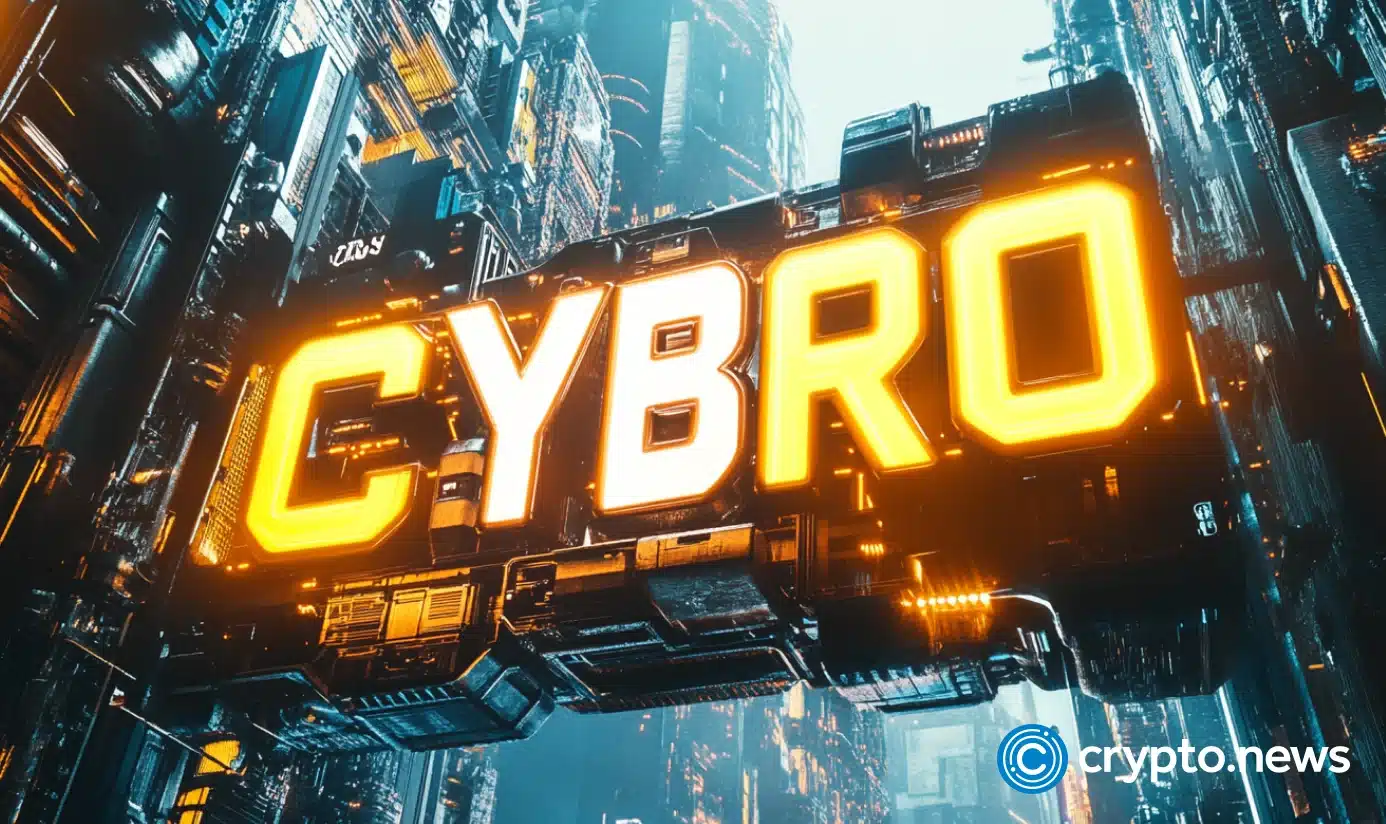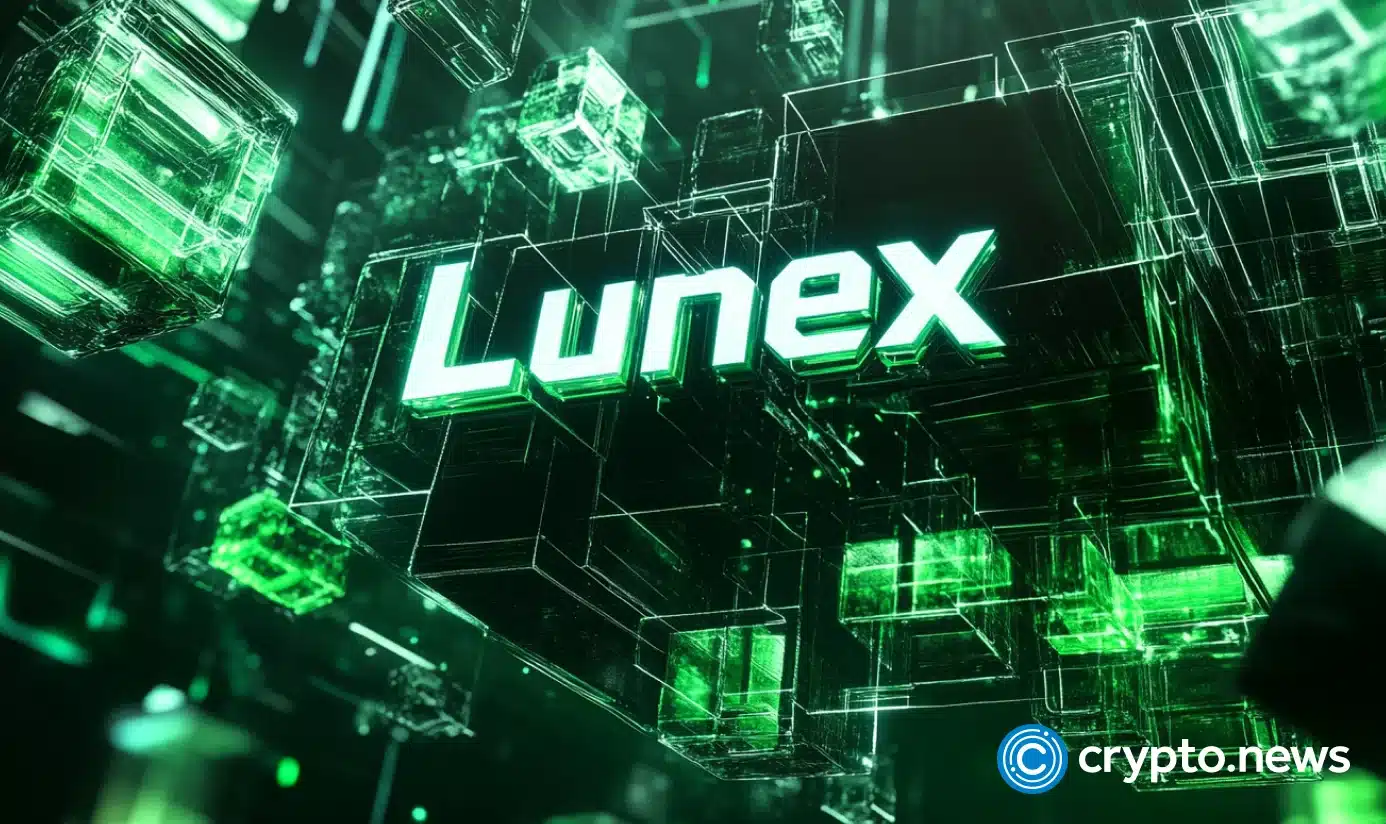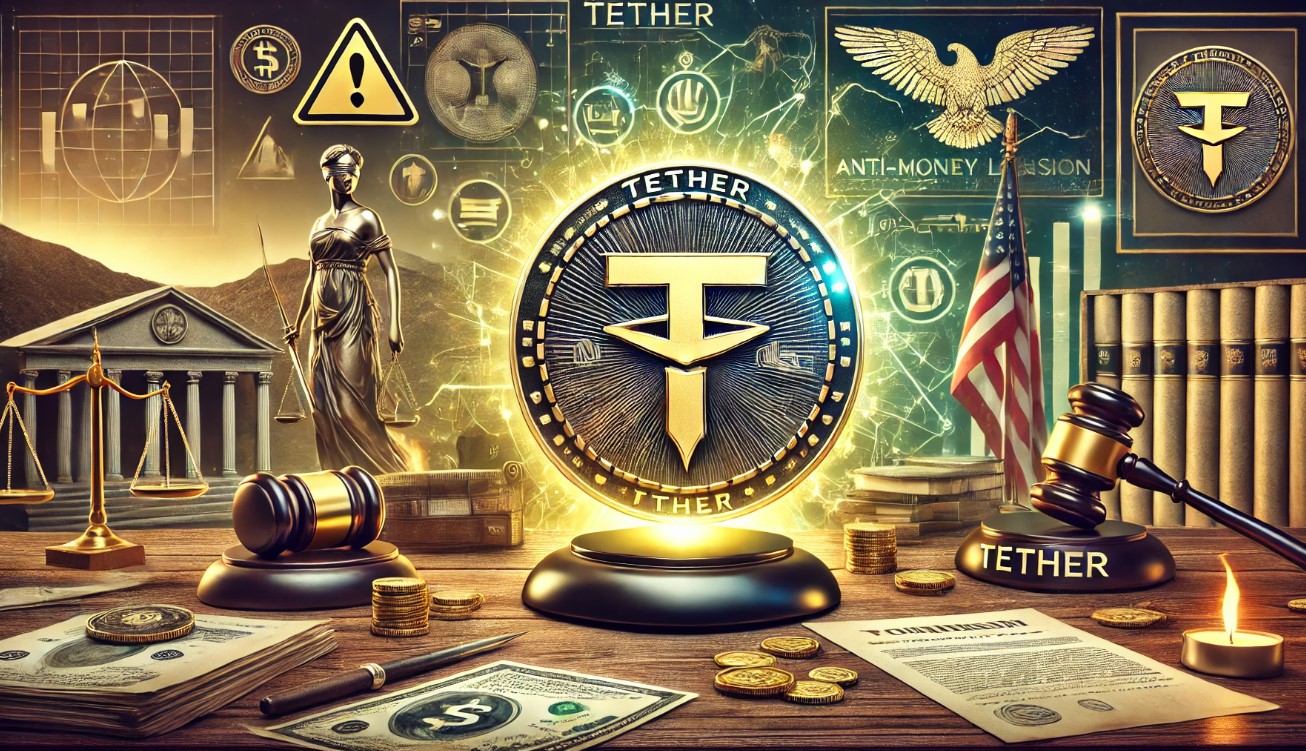Crypto.com has filed a pre-emptive lawsuit against America’s securities regulator while Tether is finding life under European regulations hard to handle.
On October 8, Crypto.com announced that it had filed a lawsuit against the Securities and Exchange Commission (SEC) and its controversial chairman, Gary Gensler, following the digital asset exchange’s receipt of a Wells notice on August 22. A Wells notice indicates that the regulator has concluded its probe of an individual/entity and found sufficient evidence of wrongdoing to pursue an enforcement action.
The 48-page lawsuit was filed by Crypto.com’s parent company Foris Dax in the U.S. District Court for the Eastern District of Texas, Tyler Division. The suit centers on Crypto.com’s assertion that the SEC has no jurisdiction over “secondary-market sales of certain network tokens” offered on the exchange.
The ‘Targeted Network Tokens’ in question are SOL, ADA, BNB, FIL, FLOW, ICP, ATOM, ALGO, NEAR and DASH, the sale of which the SEC evidently believes constitutes an investment contract under the Howey test for identifying securities.
(The SEC has stated some but not always all of the above tokens in earlier enforcement actions, including those against Binance, Coinbase (NASDAQ: COIN) and Kraken exchanges, as well as a suit charging insider trading against an ex-Coinbase staffer and his accomplices. A suit filed against the Ethereum-focused blockchain software outfit Consensys cited additional tokens not listed above.)
Crypto.com wants the court to declare that the above tokens “are not securities or sold as part of a securities transaction and that it does not operate as an unregistered securities broker-dealer or securities clearing agency with respect to those sales.”
Crypto.com is adopting the stance taken by Ripple Labs, which secured a favorable federal court ruling in July 2023 regarding the legality of retail customers purchasing Ripple’s XRP token on exchanges. But the SEC is appealing that ruling, and multiple court rulings involving other platforms have rejected the view that only sales to institutional investors constitute securities transactions.
Crypto.com wants to force the SEC to publicly state why the ‘Targeted’ tokens are securities while BTC and ETH are (allegedly) commodities not subject to SEC oversight. Foris Dax has filed a petition with both the SEC and the Commodity Futures Trading Commission (CFTC) “to confirm via joint interpretation that certain cryptocurrency derivative products are solely regulated by the CFTC.” Rostin Behnam, who chairs the CFTC, previously declared his belief that BTC and ETH are commodities.
Similar efforts to get out in front of an SEC action haven’t produced the desired results. Last month, the U.S. District Court for the Northern District of Texas dismissed the complaint by Consensys that sought to head the SEC off at the pass. The court noted that the SEC’s Wells notice hadn’t imposed any “legal consequences” on Consensys, so cool your jets until you’ve actually got something to complain about.
Over a year ago, this site speculated that Crypto.com would be next in U.S. federal authorities’ crosshairs. This speculation was based in part on the exchange’s well-publicized struggles to maintain banking relationships, particularly in European Union markets, and its subsequent reliance on payment processors that often found themselves on the wrong end of enforcement actions.
Coinbase tells USDT to GTFO
In January 2023, Crypto.com barred its Canadian customers from dealing in Tether’s USDT stablecoin. This delisting came around 18 months after the Ontario Securities Commission (OSC) put USDT on its ‘Prohibited Crypto Assets’ list, which at the time was notable for USDT being the sole name on that list.
At the time, USDT had a market cap of around $65 billion, a sum that has since risen to just under $120 billion, suggesting that the Canadian delisting hasn’t had that much of a drag on Tether’s fortunes.
But this one might. Coinbase recently confirmed plans to delist USDT and other stablecoins that aren’t compliant with the European Union’s new Markets in Crypto Assets (MiCA) regulations. On October 3, EU customers reported receiving messages that Coinbase will “restrict services for stablecoins that do not meet MiCA requirements by 30 December 2024 for customers in the European Economic Area (EEA).”
MiCA’s stablecoin provisions took effect June 30, and many stablecoin issuers have yet to secure the EU’s stamp of approval. Doing so requires issuers to meet certain criteria, including holding at least 30% of their fiat reserves in cash at EU banks, a requirement that rises to 60% for issuers deemed to be of systematic importance, like Tether.
The first stablecoin issuer to receive an Electronic Money Institution (EMI) license from an EU member state was Tether’s rival, Circle, issuer of USDC. It’s worth noting that Circle’s USDC partner is none other than Coinbase, and Coinbase’s heads-up to EU customers indicated that these customers could convert their USDT to USDC or Circle’s Euro-denominated stablecoin EURC.
USDC’s market cap is less than 30% of USDT’s, but that gap would likely shrink should Tether continue to find itself banned from major markets like the EU. And with every week bringing fresh reports of tradfi institutions launching their own stablecoins, the world may undergo a black-and-white/good-and-evil separation of stables—a world in which Tether definitely wears a none-more-black hat.
Technology to the rescue
Trying to project a ‘this is fine’ vibe, Tether CEO Paolo Ardoino gave an interview on October 4 addressing Coinbase’s announcement. Ardoino declared that Tether “is developing a technology-based solution, which we will unveil in due course and will be tailor-made to serve the necessities of the European market.”
Ardoino offered no specifics on what this ‘solution’ might entail, including whether it would be MiCA-compliant. But some longtime Tether critics were quick to pounce, suggesting this “super vague” statement was simply intended to temporarily placate European holders of USDT with “hand wavy bull shit” that won’t resolve any of Tether’s EU problems.
Ardoino has previously protested against MiCA’s “very restrictive measures,” which he believes inject additional risk by putting too much of a stablecoin’s reserves into a single banking basket. Should a bank operating on a fractional reserve system fail after lending out the bulk of these reserves, the contagion could be swift and merciless.
In fairness, this isn’t a trivial concern, as the March 2023 collapse of Silicon Valley Bank (SVB) amply demonstrated. Circle had $3.3 billion in cash on deposit at SVB, and the news caused USDC to lose its 1:1 peg with the dollar until the Federal Reserve agreed to bail out SVB’s customers.
Illicit use case
One thing is sure, technology won’t solve Tether’s primary MiCA concern about putting cash in EU banks, because EU banks likely want nothing to do with Tether. The ubiquity of USDT in criminal activity, particularly in ‘pig butchering’ scams and the laundering of profits derived from illicit activity, led the United Nations to flat out label USDT a ‘crime coin’ in a report released a few months back.
A brand new UN Office on Drugs and Crime report twists the knife further, saying “stablecoins, and particularly Tether (USDT) on the TRON blockchain, represent the preferred choice for Asian crime syndicates engaged in cyber-enabled fraud and money laundering operations servicing a wide range of criminal actors in and beyond the region.”
This report trains a critical eye on the Telegram messaging platform’s importance to Southeast Asian crime, “representing key venues where criminals and service providers congregate, connect, and conduct business online, fueling the growth of the regional illicit economy.”
The report describes how Telegram’s underground marketplaces basically can’t function without USDT. Incidentally, Ardoino was among the loudest voices complaining about French authorities’ arrest of founder Pavel Durov in August for refusing to hand over information on Telegram customers involved in child sex abuse material.
The report also notes that “stablecoins now account for the majority of all illicit transaction volume and were used in as much as 70 per cent of cryptocurrency-related scam transactions globally in 2023 … USDT was the stablecoin with the largest amount of illicit volume, totaling at least US$19.3 billion.”
The report notes that Tether has occasionally frozen certain tokens when pressed to do so by global crime-fighting organizations, but “data suggests that illicit use of stablecoins continues to dwarf seizures.”
Sad Paolo only wants to help
Tether was caught off guard this summer when Consumers’ Research, a right-wing group that usually targets ‘woke’ corporations, launched a multi-million-dollar smear campaign against Tether. The campaign features TV ads, a website and digital billboards in New York’s Times Square, all proclaiming Tether’s ties to terrorist financing, fraud, sanctions evasion and its “close relationship with China.”
Asked about this campaign in an interview with Fox Business reporter Eleanor Terrett published on October 8, Ardoino claimed to feel “sad” because Tether “is helping hundreds of millions of people.” He left it open to readers to conclude whether these people included the pig butcherers, fraudsters and money launderers that do indeed find USDT a big help in avoiding law enforcement.
In September, Tether appeared to respond to Consumers’ Research with a new website of its own. The site celebrated Tether as “a pioneer in the stablecoin market by prioritizing financial transparency, resilience, and collaboration with global law enforcement agencies.”
The ‘financial transparency’ claim rings more than a little hollow, given Tether is celebrating its 10th anniversary this month and still hasn’t conducted its long-promised independent audit of its reserve assets.
Asked about this inability/unwillingness to open its books, Ardoino told Terrett that he’d just love to do an audit. Trouble is, America’s ‘unfriendly regulatory environment’ has allegedly left the ‘big four’ U.S. accounting firms unwilling to be seen in public with Tether.
Sadly, Terrett didn’t press Ardoino as to why BDO, the firm that has conducted Tether’s barebones quarterly attestations for the past two years, couldn’t be allowed to conduct a more comprehensive audit. Given Tether’s checkered past in shuffling money in and out of its accounts for a single day, it allows anyone to glance at its financials; one can’t help but find the answers that seem to always elude Ardoino.
Watch: Teranode & the Web3 world with edge-to-edge electronic value system

















 English (US) ·
English (US) ·